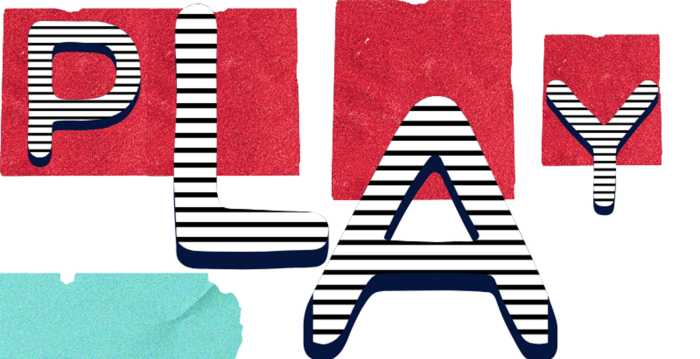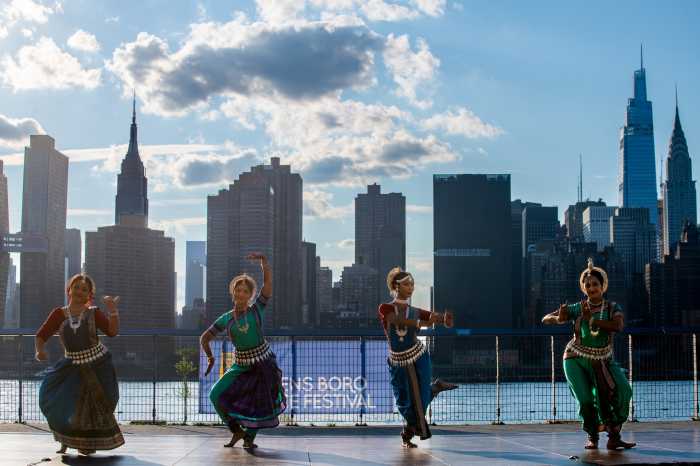
L Train Mitigation (MTA/DOT)
Dec. 14, 2017 By Nathaly Pesantez
An L Train mitigation plan has at long last been released, outlining preliminary approaches that will reroute thousands of the line’s riders when the tunnel connecting the borough to Manhattan shuts down for Sandy-related repairs in 2019.
Among the plan’s highlights, released yesterday by the Metropolitan Transportation Authority and the New York City Department of Transportation, are the implementation of high occupancy vehicle restrictions on the Williamsburg Bridge during rush hours, and “major changes” to Grand Street as it becomes a main bus and bicycle corridor to the bridge.
The Williamsburg Bridge, according to the mitigation plan, will carry a string of “L-Alternative buses” between Brooklyn and Manhattan, and is relying on HOV-3 lanes during rush hours to get the buses over quickly and without adding to congestion.
Both the MTA and the DOT say HOV-3 lanes are “vital” to maintain bus speeds across the East River and prevent people from using for-hire vehicles and other methods that would increase congestion.
The L-Alternative bus routes running through the Williamsburg Bridge are separated into three routes, two of which will originate on Grand Street and Bushwick Avenue, and another that will start on Bedford Avenue. The routes will take riders to 1st Avenue and 15th Street and SoHo in Manhattan.
Grand Street, running through Bushwick and straight through Williamsburg, will undergo “major changes” to accommodate for the buses, including designated bus lanes and adding extra bicycle lanes to create a continuous path leading up to the Williamsburg Bridge.
Other major changes planned for outside of Brooklyn include 14th Street in Manhattan becoming bus only, a new ferry route connecting North Williamsburg to Stuyvesant Cove, and changes to several stations expected to see the majority of L train riders.
The MTA and DOT say the 15 month closure of the Canarsie Tunnel, which will begin in April 2019 and directly impact over 400,000 daily riders of the L train, will definitely be felt by the rest of the city.
“New Yorkers will face major disruption, with an impact including increased ridership on alternative routes that will be felt far beyond the immediate corridors now served by the train,” reads part of the plan’s text. “It will reach into Central Brooklyn, up and down the East River waterfront and crosstown in Manhattan.”
Elected leaders were briefed on the mitigation plans yesterday, some of whom responded to the mitigation plan immediately, including Councilmember Antonio Reynoso, who said the administration “forgot” about Brooklyn.
“It seems the administration forgot about moving traffic or adding alternatives in Brooklyn,” Reynoso, who represents Williamsburg and Bushwick, tweeted last night. “We will not be the stepchild of this plan.”
Transportation activists hurried to review the plan, but are waiting to hear more details from the city.
“Does bus route + new bike lanes on Grand St = #GrandSt #PeopleWay? We’ll wait to see more of this aspect of the the plan but this could be really exciting,” tweeted Luke Ohlson, a senior organizer for Transportation Alternatives.
Reynoso responded to the tweet, worrying that the city simply wants to add buses on Grand Street, and called the plan for Brooklyn “half baked”.
City Council is currently conducting an oversight hearing on the plan, where council members will discuss the plan’s features and provide feedback on it.
The MTA and DOT will also hold community meetings beginning next month to receive community input on the preliminary plan.
One Comment







[…] The resolution, introduced by Council Member Rafael Espinal, aims for a greener bus fleet as opposed to the diesel buses the MTA is likely to purchase for mitigation plans related to the shutdown. […]